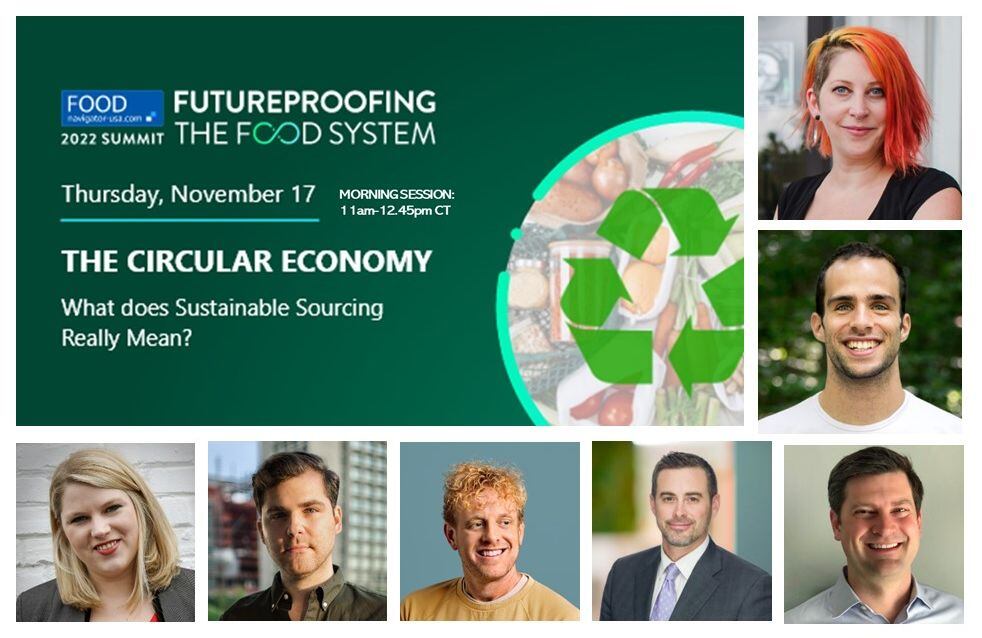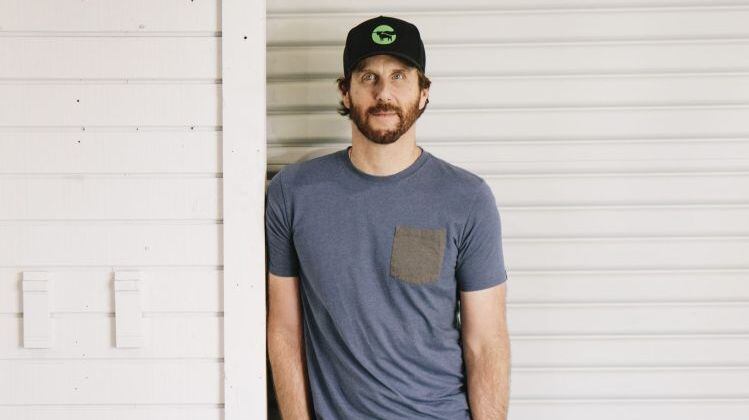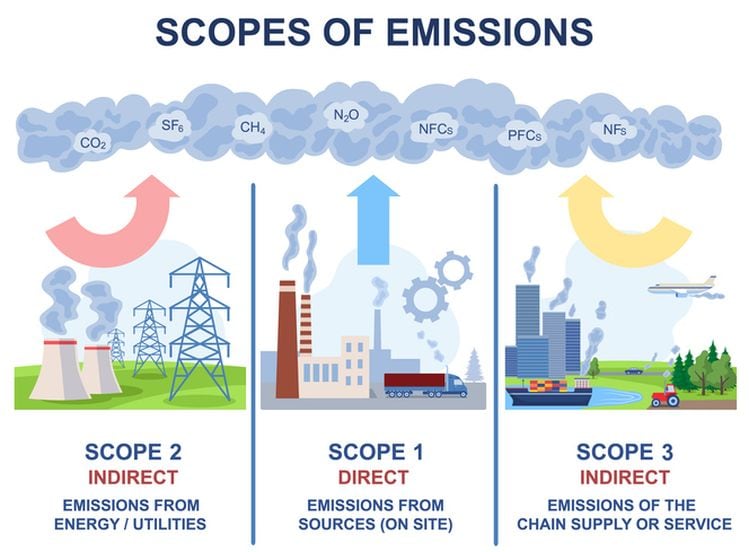Four incredible speakers from across the supply chain joined us last Thursday for a frank conversation about the challenges for food companies trying to navigate questions from defining 'regenerative' ag and 'carbon neutral' to calculating scope three emissions, and deciding how to communicate progress on environmental goals accurately and responsibly to industry partners and end consumers.
To watch the entire panel debate for free on demand, REGISTER HERE for free and select the session entitled ‘THE CIRCULAR ECONOMY: What does Sustainable Sourcing Really Mean?' To whet your appetite, we’ve shared some highlights below so you can get a flavor of the discussion, which featured:
- João Brites, director of growth & innovation, HowGood
- Jeremiah McElwee, chief merchandising officer, Thrive Market
- Matthew Hayek, assistant professor in the department of environmental studies, NYU
- Andrew Utterback, senior manager sustainability, Ingredion
Carbon neutral claims
Matthew Hayek, NYU: The biggest obstacle I see is mass confusion and misleading labeling. Right now 'climate neutral' and 'climate positive' food does not exist, yet we are rushing to label as much food as possible and creating some really convoluted schemes in order to be able to slap that label on things with some level of sufficiency or defensibility, and that's causing a lot of confusion when that food is not really out there in the ecosystem yet.
Can grass-fed beef feed the world? Only if we have a few planets to spare…
Matthew Hayek, NYU: Take grass-fed versus feedlot beef. The grass-fed cattle might have better welfare, better symbiosis with the surrounding ecology, especially if they're produced in a native grassland state like Colorado.
At the same time, eschewing the grain-finishing stage that you have on a feedlot means that the grass-fed animal requires three times more land and produces 40% more methane, so you end up having these difficult tradeoffs when you're talking about just substituting one way of producing commodity with another way.
However, across commodities, we can see clear winners and losers… Animal source products have an order of magnitude more impact than plant-based equivalents or analogies… and if we do want to move towards grass-fed beef, we need reductions on the order of 39-73% just so that amount of land use could be considered sustainable in the US.
‘Distant’ eco-friendly claims: We’re committed to doing better… in the fullness of time
Jeremiah McElwee, Thrive Market: We get frustrated with distant claims… 'We’ll be net zero waste by 2040 or plastic free by 2030…' But when you actually dig in and try to figure out what actions are being taken or the steps that are leading to that, there's nothing there…
Regenerative agriculture – the new natural?
Andrew Utterback, Ingredion: Regenerative is a buzzword that everybody's talking about now. It sounds good to consumers and good to investors. But what does it really mean? I don't think it's been defined yet. I think if you talked to 50 different companies, you're probably still going to get about 47 different definitions.
So from an Ingredion perspective, we come back to the SAI platform, our clearing house for sustainable agriculture. We are a founding member and we're actually creating a regenerative ag framework. The whole goal is to have some sort of standard around regenerative agriculture that has approved practices and KPIs so you can compare across operations or commodities or countries and say here's the regenerative scorecard for this product, here's the processes, here's the practices, and then it'll be a setup that will be in a format that can be third party verified and certified similar to our sustainable ag work.
Because until we're all singing from the same page of the hymnal, I don't know how we make an impact and I'm worried that everybody's going to have their own definition of regenerative ag and then it's like ‘natural’ or something that doesn't mean anything anymore.
Lack of standards
Andrew Utterback, Ingredion: Recently the WRI came out with the greenhouse gas protocol, secondary land use removal guidance, and then SBTi came out with the flag guidance. Some of it works together, some of it doesn't.
Nobody quite knows what they're asking for yet. Nobody understands how things are measured. Nobody understands how to compare things to other similar products, and until we figure that out, all the guidance in the world is not really going to matter. And it's just going to make it more difficult and more expensive for people in the middle like Ingredion that are the pivot point between buying from the farmers and processing to ingredients that go into brands that go to the consumer.
Jeremiah McElwee, Thrive Market: The biggest challenge is consumer confusion, the fact there isn't one unified standard that consumers can look to, to actually measure some of these criteria to determine what they're buying or how to compare products.
Life cycle analyses: Not worth the paper they are printed on, or a critical tool?
Andrew Utterback, Ingredion: We see more and more lifecycle assessments and we're seeing more and more of our customers asking for them… and they are expensive, up to $100,000 depending on what you're trying to do and what the scope and scale is, but I don't think they tell the whole story…
Scope three emissions: Are we just guessing?
João Brites, HowGood: By far the biggest challenge I hear in the food industry is a lack of data from suppliers specifically. So when we look at most food producers, typically 80 to 90% of their impact happens beyond their operations in the supply chain. And that scope three data is really where there's least traceability.
Overall we need more primary data, and typically what we ask our partners is, are you willing to share this data with others, because what we see is a lot of companies investing duplicative resources. Sharing scope three data really goes a long way in terms of driving efficiencies and getting us to where we need to be.
To watch the entire panel debate for free on demand, REGISTER HERE for free and select the session entitled ‘THE CIRCULAR ECONOMY: What does Sustainable Sourcing Really Mean?'




